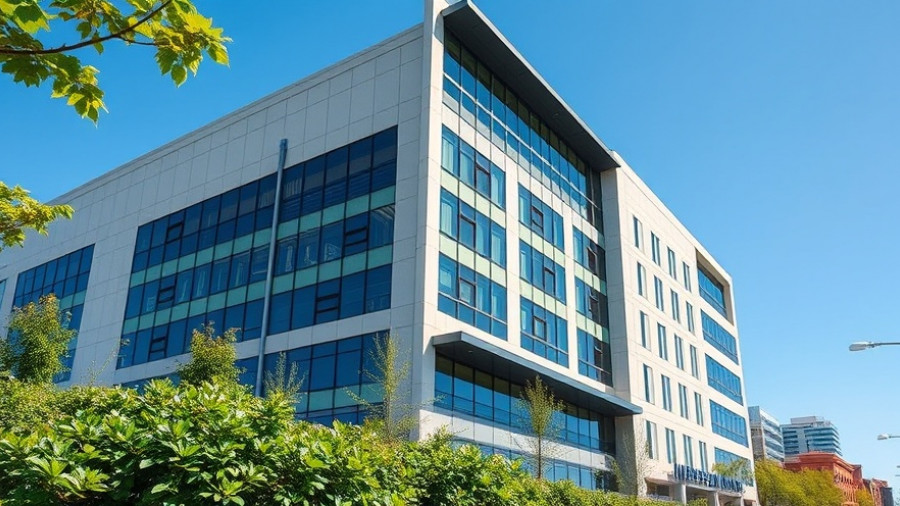
US Construction Market Surges with Nonresidential Projects Leading the Charge
In an impressive show of momentum, US construction starts surged by 16% in June 2025, reaching a seasonally adjusted annual rate of $1.2 trillion. This surge, reported by the Dodge Construction Network, is predominantly propelled by significant gains in the nonresidential sector, as commercial and infrastructural developments witness a resurgence. The rise marks a pivotal shift following a lackluster spring, showcasing renewed vigor in an industry wary of economic turbulence.
The Overview of Construction Gains
The construction landscape is transforming, characterized by a marked increase in commercial and infrastructure activity. The Dodge Momentum Index, a harbinger of future construction activity, rose by 6%, painting a picture of sustained strength and indicating a robust pipeline heading into the latter half of the year. As inflation begins to recede and credit conditions take a turn for the better, developers are reassessing their strategies, displaying renewed confidence particularly in large-scale projects.
Commercial Construction: A Boon for Investors
Leading the boost in construction starts is the commercial segment, which recorded a staggering 37% increase in June. This surge can be attributed to numerous high-stakes projects, including a $10 billion chip manufacturing facility by Taiwan Semiconductor Manufacturing Co. in Phoenix and Eli Lilly's new foundry in Indiana. These investments in domestic production reflect an overarching trend towards enhancing manufacturing capabilities in the United States amid rising technological needs.
Infrastructure: Fueling Long-Term Growth Prospects
Infrastructure investments climbed by 12% in June, indicative of the ongoing rollout of federally funded projects. Key undertakings in transportation, public works, and clean energy have augmented the national construction agenda. The momentum generated by the Bipartisan Infrastructure Law and the Inflation Reduction Act is set to provide consistent work, particularly for heavy contractors, many of whom are already booked solid through year-end. This proactive approach aims to address long-term challenges in energy and public transport systems, thereby broadening economic opportunities.
Residential Developments: A Mixed Bag
In contrast, residential construction experienced a more tempered growth rate of 3%. While multifamily housing started robustly, single-family home construction saw only slight gains in certain regions, especially the South and West. Elevated mortgage rates continue to pose challenges, yet favorable migration trends and pressing labor demands keep builders active, particularly where there is a strong market for rentals. Caution permeates the residential sector, as stakeholders remain watchful of economic conditions affecting future commitments.
Conclusion: What This Means for Stakeholders in the Construction Sector
The current landscape reveals a promising outlook for commercial developers and construction professionals. As distinct elements within the industry align – from advanced manufacturing pursuits to legislative backing for infrastructure projects – the construction sector appears poised not only for recovery but for significant growth. Business owners and property developers should remain engaged with this evolving story, as the coming months will define operational strategies and investment opportunities for years to come.
If you're looking to capitalize on these insights to further your projects, stay informed and agile, as the wave of construction opportunities continues to reshape the marketplace.
 Add Row
Add Row  Add
Add 




Write A Comment